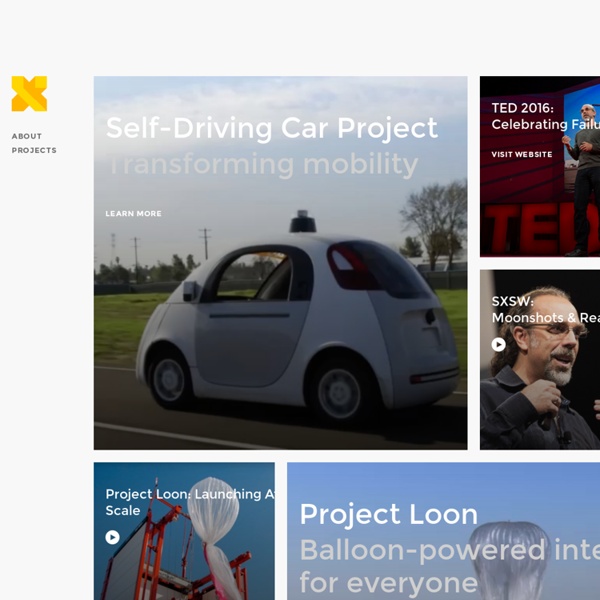



untitled Tuesday, Sep 22, 2009 James, Going through some old gear last month, I found my food supply lists and notes from 1976-79. I thought the old list might be of interest and the lessons I learned during the first three years in the remote Alaska bush may be helpful to a few of your readers. I do not recommend Alaska for a TEOTWAWKI retreat but the lessons I learned the hard way may be helpful to any one in a cold climate. I grew up in California listing to stories from my grandfather about Alaska and the Yukon. When I graduated from high school my grandfather gave me his remote trapping cabin in Alaska. When I got to Alaska I met my Grandfather’s old trapping partner. My first winter was a disaster. Before this the longest I had been in the wilderness was a 23 day Outward Bound survival class that I attended the year before and I had never spent a winter in a cold environment. I got out of the plane with a full back pack of gear, a duffel bag of supplies and a 30-06 rifle. Third Lesson!
The NSA Is Building the Country's Biggest Spy Center (Watch What You Say) | Threat Level It needs that capacity because, according to a recent report by Cisco, global Internet traffic will quadruple from 2010 to 2015, reaching 966 exabytes per year. (A million exabytes equal a yottabyte.) In terms of scale, Eric Schmidt, Google's former CEO, once estimated that the total of all human knowledge created from the dawn of man to 2003 totaled 5 exabytes. And the data flow shows no sign of slowing. In 2011 more than 2 billion of the world's 6.9 billion people were connected to the Internet. By 2015, market research firm IDC estimates, there will be 2.7 billion users. The data stored in Bluffdale will naturally go far beyond the world's billions of public web pages. Once it's operational, the Utah Data Center will become, in effect, the NSA's cloud. 1 Geostationary satellites Four satellites positioned around the globe monitor frequencies carrying everything from walkie-talkies and cell phones in Libya to radar systems in North Korea. 3 NSA Georgia, Fort Gordon, Augusta, Georgia
Star Wars Uncut / Watch the Movie A long time ago in a galaxy far, far away... In 2009, Casey Pugh asked Internet users to remake Star Wars Episode IV: A New Hope into a fan film, 15 seconds at a time. In a few months time, thousands of fans responded with extraordinary creativity from around the world. Star Wars Uncut has been featured in documentaries, news features and conferences around the world for its unique appeal. Finally, the crowd-sourced project has been stitched together and put online for your streaming pleasure. Many thanks to Aaron Valdez (video editor) and Bryan Pugh (sound design/mixing) for the countless hours they put into this masterpiece.
Videos mouse clava iMac MacBook iPhone Buy